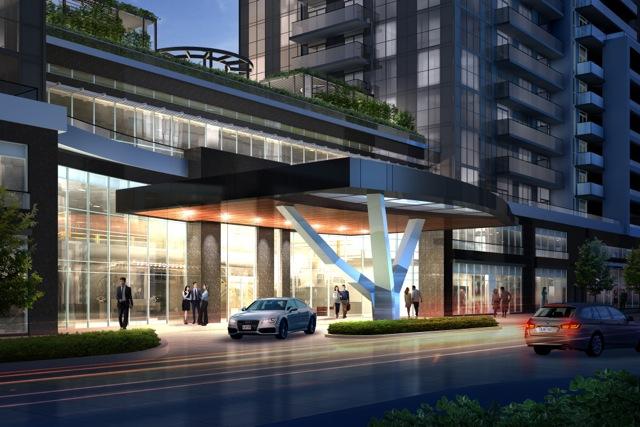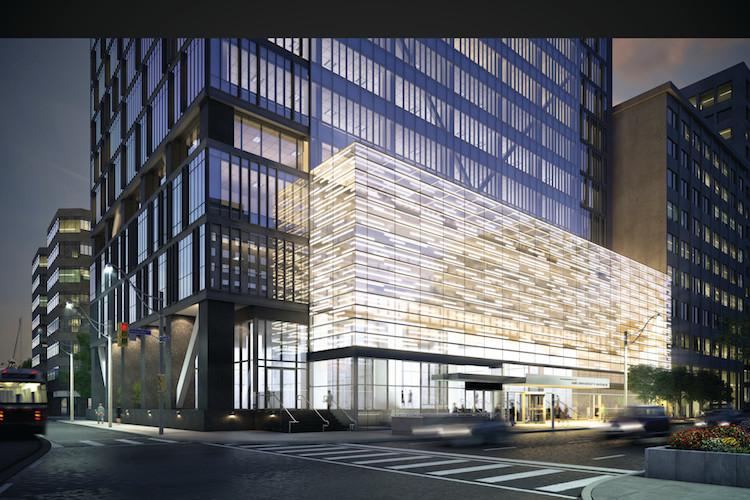Builders and renovators in Toronto are represented by the Building Industry and Land Development Association (BILD). In the summer of 2012, BILD brought veteran city planner Bryan Tuckey on as president.
Clearly the need for effective communication between public and private sector were key to this shift in BILD leadership, which for decades was dominated by real estate developers. It was time for developers to start speaking the government’s language. And so they have.
This month, BILD and the Ontario Home Builders Association submitted their ideas to Linda Jeffrey, Ontario’s minister of municipal affairs and housing, who is currently consulting with stakeholders around land use planning, appeal processes, and development charges.
All of these are key issues for homebuyers, because they do two things: change the communities we live in for better or worse, and cost homebuyers and investors money.
For BILD members 2014 has a few main themes including the need to control development charges, streamline zoning processes, and government support which allows for quicker access to potentially available land.
Development charges: The sum of all tiers
A BILD-commissioned study by Altus Group found that, on average, development charges in the GTA were $116,200 per single family home and $64,000 per condo apartment. GTA regions have seen development charges increase between 143 and 357 percent since 2004, depending on the municipality.
On average in the GTA, fees make up 23 percent of the cost of new ground-related homes and 20 percent of new high-rise condo apartments. And just to be clear: these costs are immediately tacked on to the price of a new home.
“We don’t feel it is sustainable in the long-term,” said Tuckey, who questions how fair it is to make new homebuyers pay for infrastructure that municipalities plan to use for 70 to 100 years. New homebuyers are paying for infrastructure on their mortgages at interest rates above what municipalities are capable of borrowing, on top of paying the same property taxes as their neighbours.
Of course, no one is saying that development charges should be done away with.
“We do agree with the principal that growth must pay for growth, but it’s important that municipalities review all available sources of revenue,” Tuckey said.
The development charges “on top of the list” presented to Minister Jeffrey’s desk are Parkland funds and Section 37.
“They need to be going to where they say they’ll be going to—for projects defined,” Tuckey said. In short, money from the neighbourhood should stay there in the form of tangible community assets.
Tuckey’s suggestions
“Perhaps the increases in tax assessment that development brings could be used to help pay for some of this infrastructure,” said Tuckey.
And then there are the federal and provincial governments, who are accustomed to regularly milking Toronto while chronically underfunding it.
“We’re growing at around 100,000 people a year. We, as an industry, are anxious for the municipalities, the province, and the federal government to really get serious about building infrastructure because it has to start now. We’re behind.”
But if development charges were frozen or even reduced, Tuckey feels that would simply slow the steady climb in prices the GTA is experiencing due to land scarcity.
Nowhere to go but up
Because Places to Grow legislation protects our farmland and natural green belt—legislation Tuckey himself had a part in—the province has effectively put an end to urban sprawl.
No one is suggesting nibbling into the green belt. “There is sufficient land for future growth for many years,” said Tuckey. “The problem is it’s not designated and it’s not serviced.”
Waiting around for approvals protract the process making building even more costly, Tuckey noted.
“It takes about 10 years to do a ground related housing project in the GTA.”
The availability of land for development also includes land for redevelopment.
Both become issues when the density target of a municipality’s official plan doesn’t match its outdated zoning. When that happens Section 37 funds, and a lengthy re-zoning process ensue.
“If you have a three- or four-year process in the City of Toronto to rezone a property … and have to go to the Ontario Municipal Board, there is everything from carrying charges for the land, to staff costs, to OMB fees,” said Tuckey.
And it’s all passed on to you, the consumer.
Know your development charges
Municipal charges: Collected by municipalities for police, fire, parks & recreation, water, roads, transit, etc. These come in two tiers outside of the City of Toronto (e.g. fees for Brampton on top of fees for Peel Region)
Education: For building or renovating school sites
GO Transit: Yes, we are all paying for ‘The Big Move’
Area specific charges: Individual municipalities have also harnessed the power of DCs to fund specific projects as well as Planning Review, Engineering Service, and Peer Review fees—all the cost of getting plans up to snuff for approval
Parkland dedication/cash-in-lieu: Provides a formula so public space is allotted per development. When no space is available to provide a park, developers provide cash to the municipality
Public art contribution: Set at 1 percent of construction costs, these fund public art in some municipalities
Section 37: When you ask for more density or height than an area is zoned for, you must pay the municipality




